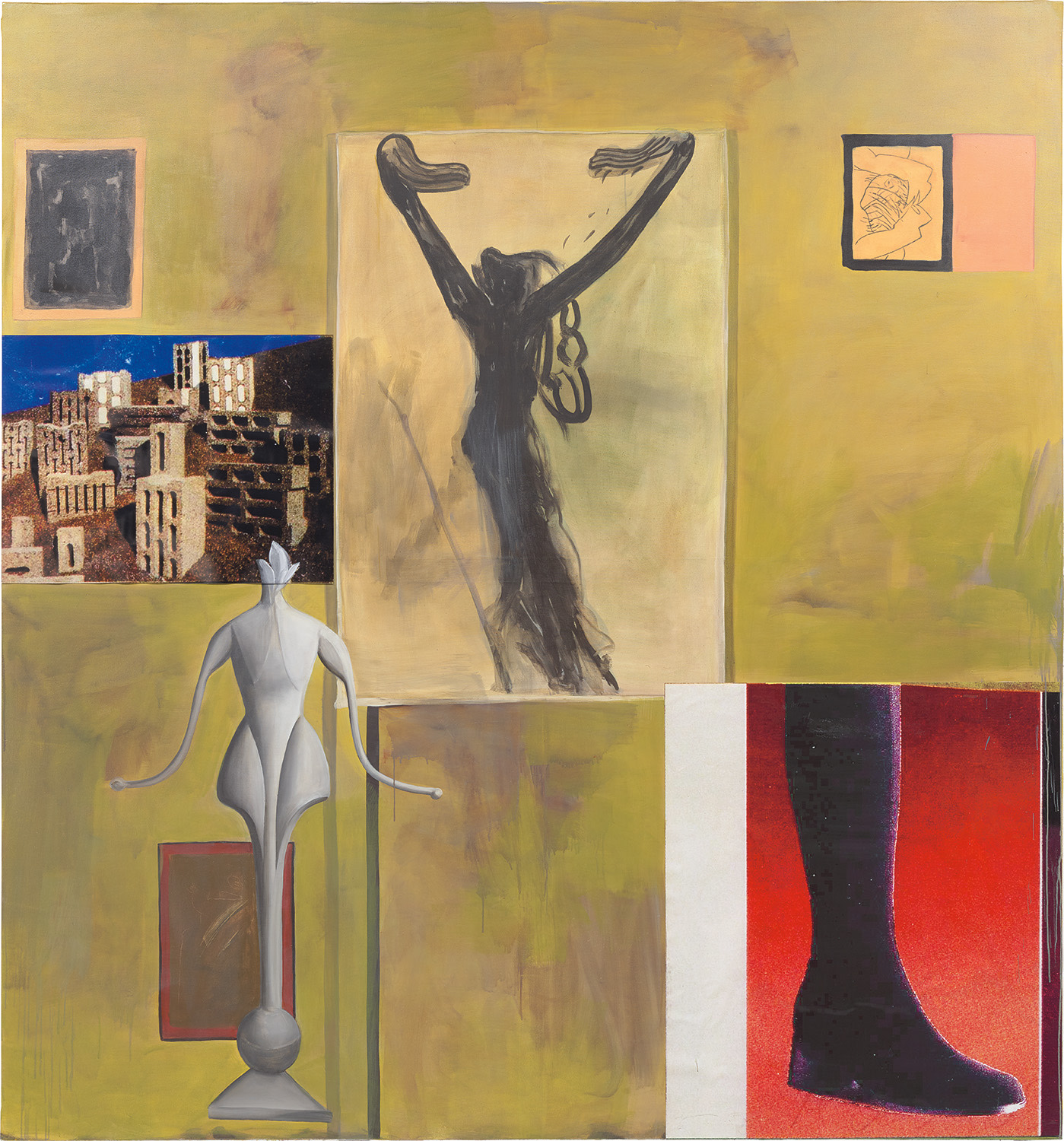

Property from an Important German Collection
34
Albert Oehlen
Die Veränderungen
signed and dated 'A. Oehlen 05' on the reverse
oil, acrylic and photo-paper collage on canvas
299.5 x 280.4 cm (117 7/8 x 110 3/8 in.)
Executed in 2005.